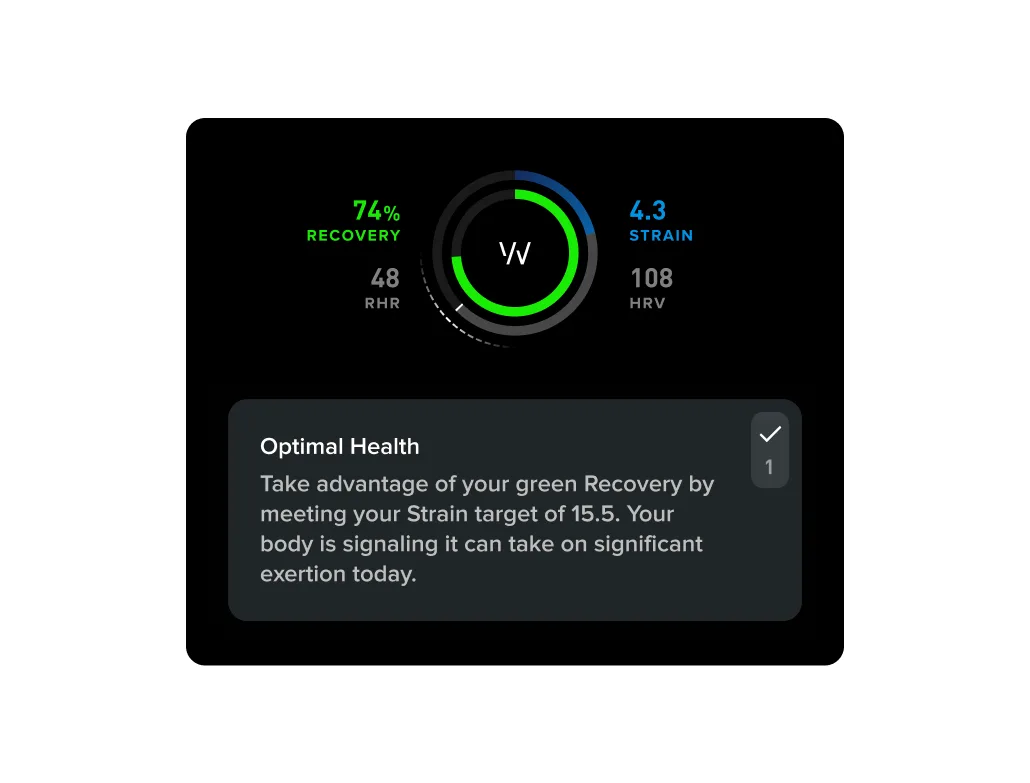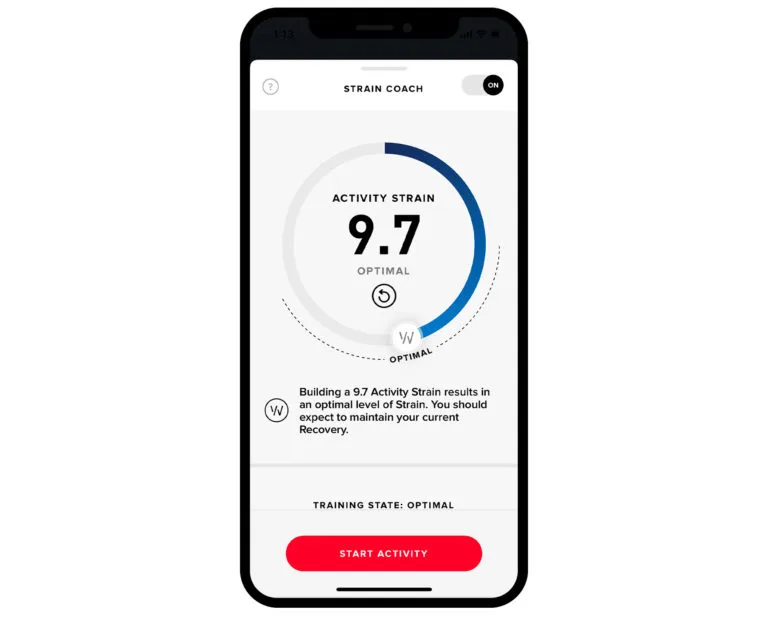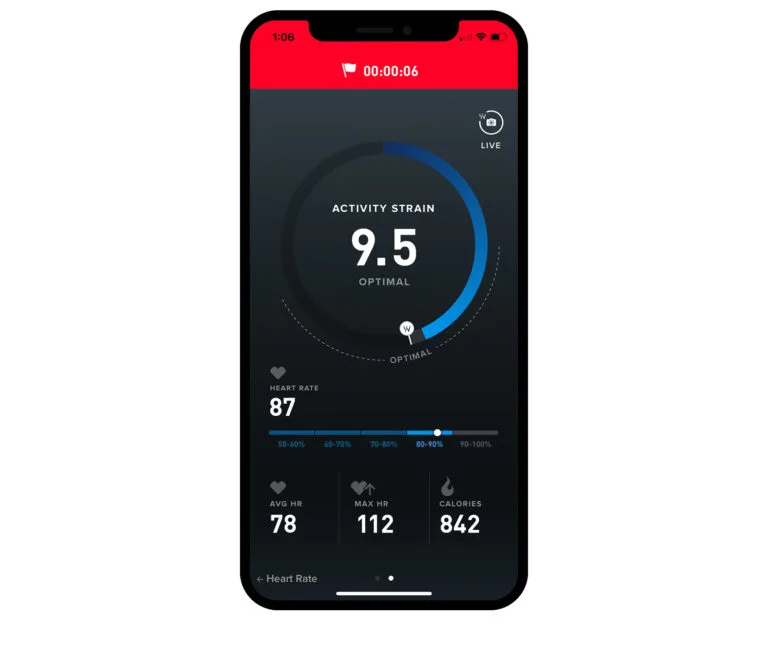Topics
- Article
- App & Features
- Strain
- Training & Exercise
How Often Should You Work Out? WHOOP Strain Coach Can Help

How Often Should You Exercise?
The question of how frequently to work out depends on who you are and what goals you have. Things like age, fitness level, and the intensity and duration of your exercise all come into play, as does what you’re trying to accomplish. Are you training for a specific event? Looking to lose weight? Build muscle? Or maybe just hoping to stay healthy and in shape? Each person is unique, so the more you can learn about yourself the better you’ll be able to answer this question.
Factors That Affect How Often to Work Out
Physiology: A young, physically fit person is likely better suited to exercise more often than someone who is older and out of shape. But, even for you specifically, there are some days when your body is more prepared to handle workouts than others. Intensity: Generally speaking, the harder you exercise, the less capable your body is to work out as frequently, and visa versa. Duration: Similar to intensity, working out for longer periods of time also reduces your body’s ability to do so with more regularity. Goals: If you’re trying to do anything that requires making fitness gains, you’ll want to exercise more often than if you’re simply aiming to maintain your current level of fitness.
Is It OK to Work Out Everyday?
The simple answer is “yes,” engaging in physical activity on a daily basis is a healthy behavior. However, it’s important to find the right balance of exercise intensity and duration so that you don’t push yourself too hard (this can lead to Overtraining Syndrome, a common pitfall for many athletes). As mentioned above, no matter who you are or what you do, sometimes your body is ready to crush a workout and sometimes it’s not. How do you know? Based on your physiological markers, the WHOOP recovery metric provides daily insight (from 0-100% and classified as green, yellow or red) as to how prepared your body is to perform.
How Long Should You Work Out For?
This may depend on the type of exercise you’re doing and how much stress you want to put on your body. WHOOP quantifies the strain (an individualized measure of cardiovascular and muscular load on a 0-21 scale) your body takes on, both for specific workouts and activities, and over the course of your entire day. Different kinds of workouts naturally vary in intensity, and in turn put different amounts of strain on your body. For example, let’s say your goal was to hit a strain of 10 (considered moderate) for a specific workout. Below are the most common activities logged in the WHOOP app, and the average length of time it takes for people to reach a 10 strain while participating in each.

The average numbers of minutes it takes WHOOP members to achieve a 10 strain during popular methods of exercise.
Using the above chart as a guide, one might conclude that on average swimming or cycling for 50 minutes has roughly the same cardiovascular affect on your body as about 30 minutes of running (it’s worth pointing out people do take breaks when exercising, likely more regularly in swimming than cycling or running). The key to all of this is that workout frequency and duration can fluctuate significantly, as long as you manage your strain appropriately.
Know How Much to Exercise & Avoid Overtraining: WHOOP Strain Coach
WHOOP acts like a 24/7 coach right on your wrist. Every morning, the Strain Coach gives you exertion-level recommendations based on your daily recovery. It updates as your body takes on strain throughout the day, continually advising you on how much more is needed to get to your ideal total.

When you’re ready to work out, you can open Start Activity and see a suggested amount of strain for that particular activity. This amount can be adjusted based on your intended outcome.

Do you want to push yourself past what your body can readily handle (overreaching) to work on improving your fitness? Or, maybe you’d like to stay below your optimal zone to help boost recovery (restorative)?

While you’re exercising, WHOOP tracks your average heart rate, max heart rate, calories burned, and which heart rate zone you’re in at any given time. As your strain builds, it lets you know when you’ve reached the desired goal for that activity. With Strength Trainer, WHOOP can also track the muscular load of your workout which gets factored into your overall Strain score.

Monitoring your exertion with the WHOOP Strain Coach allows you to better determine how often you should work out. For example, if your body is poorly recovered and you’ve already accumulated strain from regular daily activities, maybe you’ve reached your optimal amount for the day and it’s better to skip your evening workout. Or, on the other hand, if you woke up in the green and only got in a light session this morning, maybe it’s a good day to exercise twice. Either way, the Strain Coach tracks the impact of your workouts and enables you to make more informed decisions. Learn More: Strain Coach Video Tutorial Understanding Functional vs. Non-Functional Overreaching Fat-Burning HR Zone: There's No Target Heart Rate for Weight Loss